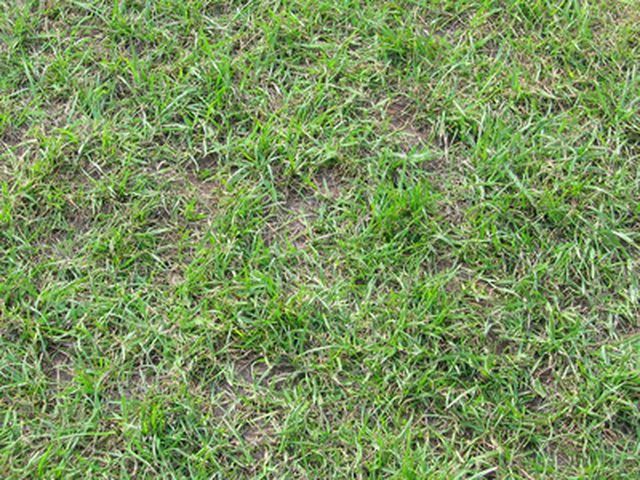Bulbs
Flower Basics
Flower Beds & Specialty Gardens
Flower Garden
Garden Furniture
Garden Gnomes
Garden Seeds
Garden Sheds
Garden Statues
Garden Tools & Supplies
Gardening Basics
Green & Organic
Groundcovers & Vines
Growing Annuals
Growing Basil
Growing Beans
Growing Berries
Growing Blueberries
Growing Cactus
Growing Corn
Growing Cotton
Growing Edibles
Growing Flowers
Growing Garlic
Growing Grapes
Growing Grass
Growing Herbs
Growing Jasmine
Growing Mint
Growing Mushrooms
Orchids
Growing Peanuts
Growing Perennials
Growing Plants
Growing Rosemary
Growing Roses
Growing Strawberries
Growing Sunflowers
Growing Thyme
Growing Tomatoes
Growing Tulips
Growing Vegetables
Herb Basics
Herb Garden
Indoor Growing
Landscaping Basics
Landscaping Patios
Landscaping Plants
Landscaping Shrubs
Landscaping Trees
Landscaping Walks & Pathways
Lawn Basics
Lawn Maintenance
Lawn Mowers
Lawn Ornaments
Lawn Planting
Lawn Tools
Outdoor Growing
Overall Landscape Planning
Pests, Weeds & Problems
Plant Basics
Rock Garden
Rose Garden
Shrubs
Soil
Specialty Gardens
Trees
Vegetable Garden
Yard Maintenance
How to Lay Sod Over Old Grass
How to Lay Sod Over Old Grass. In time, grass lawns thin out and develop gaps, eventually losing their the lush, green appearance. Laying sod over old grass is one way to restore a manicured look. Site preparation is important factor when planting sod. You cannot simply insert pieces of sod in certain parts of the lawn because you'll get a patchy...

In time, grass lawns thin out and develop gaps, eventually losing their the lush, green appearance. Laying sod over old grass is one way to restore a manicured look. Site preparation is important factor when planting sod. You cannot simply insert pieces of sod in certain parts of the lawn because you'll get a patchy result. Start with a base that is ideal for growing sod.
Things You'll Need
Rototiller
Starter fertilizer
Water
Wheelbarrow
Sod
Sharp blade
Roller
Till the old grass down to a depth of 4 to 6 inches. Remove as much of the debris as you can, including the roots of the old grass. Sod must be in contact with soil to take root, so loosening the old grass will create a better base.
Spread a starter fertilizer with a nitrogen-phosphorus-potassium ratio of 2-1-1. Water the area until the soil is moist to help the food get into the soil.
Load sod into a wheelbarrow and take it to the planting area. Gently lift out the sod piece by piece, being careful not to tear it.
Take out a full strip of sod and lay it down along the outer border of the lawn. Put other full strips as close as possible to the first one to eliminate gaps and lines.
Work your way across the lawn, laying down as many full strips of sod as possible. Focus on pulling them tightly together without ripping them.
Fit irregular spaces with smaller sod pieces cut with a sharp blade. In corners, overlap the sod over the border and go back later to cut off the excess. If you need to use small pieces of sod, make sure they are in the middle of the lawn. Small pieces on the edges of your lawn tend to die.
Run a half full roller over the sod. Water until the top 6 to 8 inches are moist.
Tips & Warnings
Plan to plant sod as soon as it's delivered for the health of the grass. If that isn't possible, keep the sod stored in a cool, shaded area and spray with a hose to keep it moist.
Avoid watering grass in the evening because of the risk of fungal diseases.
Don't walk on sod until it's established.